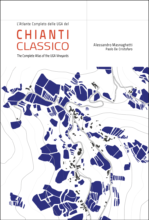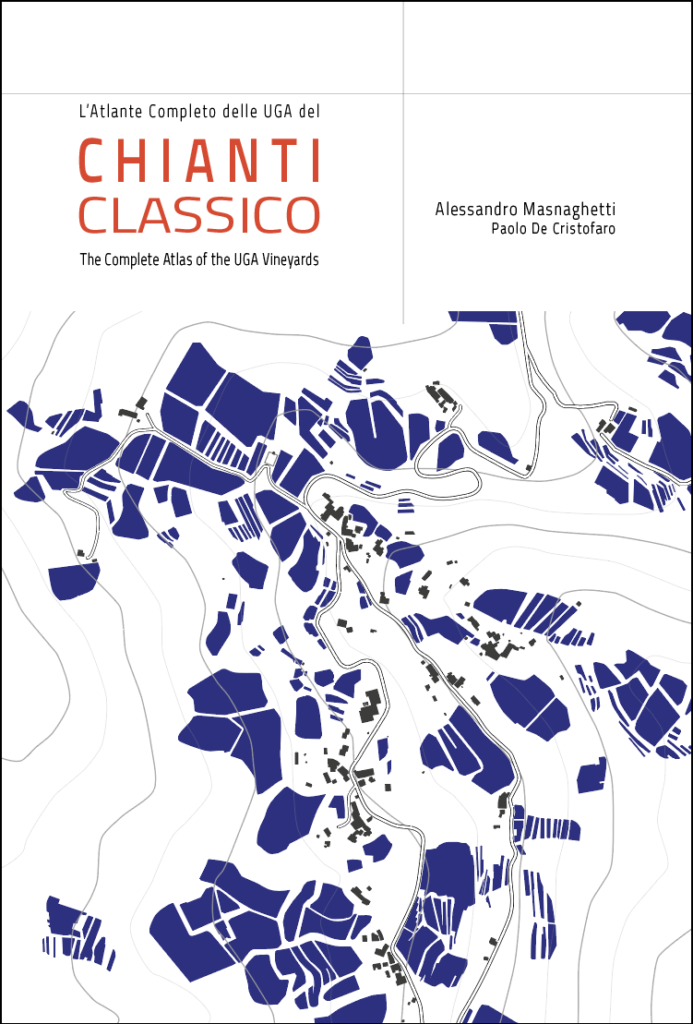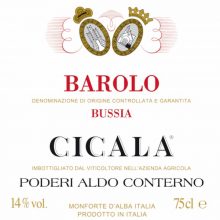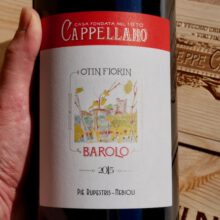
Product information
‘Chianti Classico: The Complete Atlas of the UGA Vineyards’ Alessandro Masnaghetti Editore
$199
Description
The world’s first book devoted exclusively to Chianti Classico as a territory, its communes, its vineyards, the Additonal Geographic Units (UGAs) and the style of wines produced in them.
A one-of-a-kind book made for professionals and wine lovers.
A veritable atlas that is the result of fifteen years of intense and meticulous work, enriched by an innovative geological study and more than 140 maps of unsurpassed detail, featuring the vineyards of 394estates.
An appendix includes a rich dictionary of place names and wineries, with an updated list of the Chianti Classico wines they produce and the UGAs in which they have vineyards.
Completing the book are eight tourist itineraries to discover the most fascinating corners of Chianti Classico, off the beaten path, as well as numerous tips on how and when to drink this splendid wine known throughout the world.
A must-have for professionals and wine lovers.
Size: 23.5 x 30 x 7 cm
Hadcover
Pages: 464
Listed estates: 421
Number of maps: 140
In stock (can be backordered)





You must be logged in to post a comment.